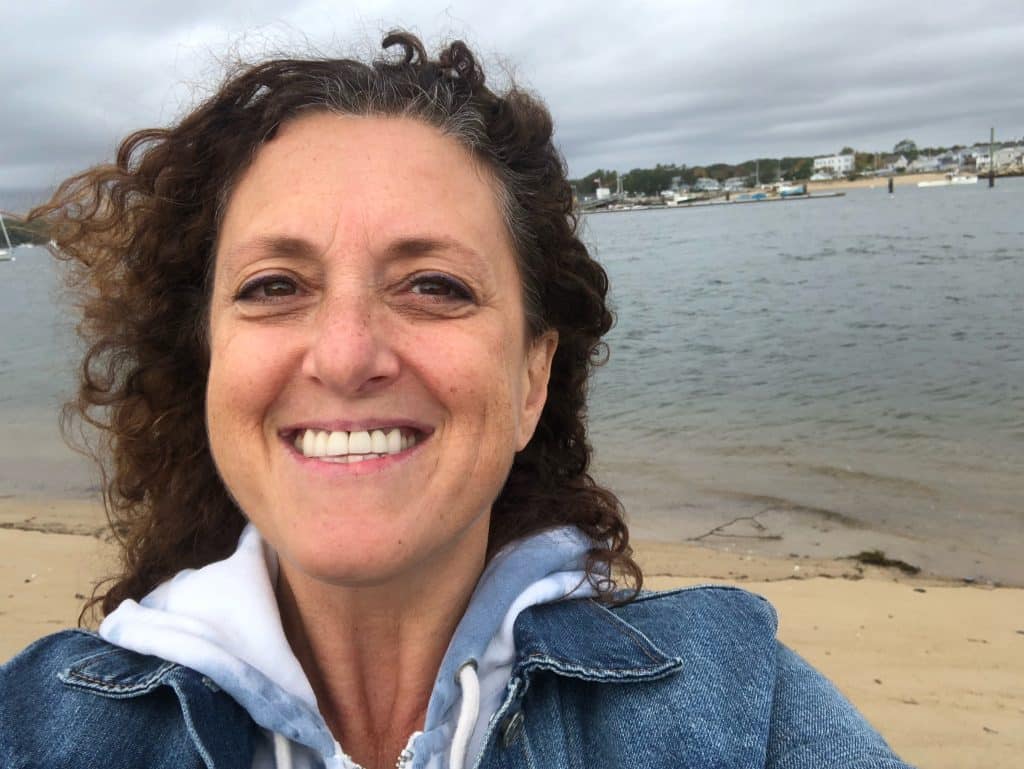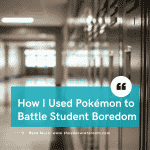Have you signed up for The Educator’s Room Daily Newsletter? Click here and support independent journalism!
Whether it’s unregulated and disruptive behavior or an overall malaise with regard to school, it’s clear that many kids are not all right, and parents and educators are taking notice. Some students are struggling to compensate for losses sustained over nearly two homebound academic years, while others are internalizing the divisiveness they see online and in the news. Conflict sells, and our students are growing up during a time of tremendous global volatility. It’s no wonder many of them self-describe as friendly nihilists. They lack faith in the institutions that many of us grew up trusting. So how do we educate kids who have come to believe that not only is school meaningless, but so is life?
SEL to the Rescue
Social-emotional learning (SEL) is a practice that many school districts are implementing to address both the intrapersonal and academic struggles of their students. While well-intended, asking content-area teachers to add another layer to their already excessive workload can daunt even the most seasoned educator. However, we know when our students are in need. Even if we are not official mental health professionals, anyone who has spent a significant amount of time in the classroom likely has some tricks that would fall under the umbrella of SEL.
The Collaborative for Academic, Social, and Emotional Learning (CASEL) identifies five competencies of SEL: self-awareness, self-management, social awareness, relationship skills, and responsible decision making. Regardless of the content area, it is likely that every classroom includes activities that address some or all of these key areas. For example, at the middle and high school level, self-paced assignments and choice boards allow students to self-manage and make responsible decisions. At the elementary and pre-k levels, teachers can use if/then scenarios to help kids learn how to make responsible choices that reflect self and social awareness.
Incorporating SEL into the Humanities
English classes have long offered opportunities for kids to grapple with complex thought experiments based on what they read. However, teachers can easily incorporate SEL into a history or social studies class. While many teachers may want to avoid any so-called divisive topics, historical events are often emotionally charged by their very nature. One activity that may help kids self-regulate is to ask them to list ideas and comments they might encounter that would provoke a negative reaction in them. Then have them brainstorm how they might react, what they might say, how they might reframe. Rather than argue or attempt to persuade, students can brainstorm ways to react that preserve their own mental health without internalizing harmful ideas.
Giving students the space to focus on themselves and their own reactions is how we teach self-regulation, which is most useful when confronted with ideas and situations that may provoke outrage, disappointment, or even sorrow. We are not asking students to change someone’s mind; we’re asking them to look inward and practice remaining clear-headed when the inclination may be to lose it.
Incorporating SEL into Math
In math class, where lessons may seem objective and universal, teachers at all grade levels can spend time evaluating data and how it can be skewed to suit a particular purpose or point of view. Then, students can explore how that data might result in corporate and government decisions that affect people. Data analytics is a booming field that can be approached from analyzing the simplest surveys to the most complex aggregate information. We do our students a great service when we ask them to question the numbers that seem to be so factual but can still be exploited for gain.
Incorporating SEL into Special Content Areas
Special areas don’t have to be exempt from incorporating SEL into their lessons. While the average consumer science class typically includes basic cooking activities, it could also feature taste tests in which kids get to experiment scientifically with the variety of tastes out there or how different producers of the same product offer something slightly different. By default, an activity such as this assumes that there actually are differences in the same product or item. For example, kids instinctively know that homemade chocolate chip cookies are usually better than store-bought, but understanding our own tastes and validating them is a great way to incorporate SEL into a classroom without having to get into deep emotions.
Physical education classes can incorporate self-pacing and regulation using students’ own biometric monitoring devices. Rather than launching into group and team activities, these classes can include lessons on what teamwork looks like. Teachers might find better results when they let kids roleplay prior to establishing teams so that expectations are clear, but more importantly, the kids themselves can demonstrate social awareness and relationship skills that are both inclusive and self-aware.
Don’t Be Afraid
At first mention, SEL may appear to be beyond the scope of a classroom teacher’s responsibilities. While some teachers may feel comfortable counseling kids, others may prefer to leave that to the mental health professionals in their schools. However, regardless of teacher comfort level, every educator can incorporate SEL into their classrooms in a myriad of ways that don’t ask them to compromise themselves or their content. More importantly, research shows that SEL can increase academic performance as well as students’ own positive perceptions of themselves and their school.
Educators are often asked to do so much with so little. However, incorporating some SEL activities into the classroom can create a ripple effect of positive health not just for our students but for ourselves as well. Even though we are considered the experts in our content areas, social-emotional learning provides an opportunity for everyone in the classroom to work on the competencies that make for a happier, less stressful life. It provides a foundation for the growth mindset we hope to inspire in our students. In the process, we may discover some important things about ourselves as well. If we are really committed to lifelong learning, we must model that to our students by not only facilitating but also participating in the social-emotional learning activities that can bring a class–and a school–together.
Editor’s Note: If you enjoyed this article, please become a Patreon supporter by clicking here.

Laura Sofen has been a middle and high school English teacher for the past 20 years. Prior to that she worked in publishing and corporate communications. She is an avid reader, hiker, traveler, and dog lover.






